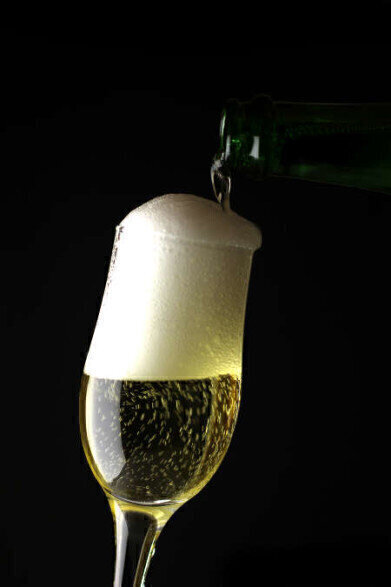GC, MDGC
Redesigning Champagne Flutes with Chromatography
Feb 08 2016
Champagne has always been associated with ringing in the New Year, toasting a new job, weddings, birthdays, anniversaries. With celebration. For many people, an integral part of this celebration involves drinking the bubbly stuff out of slender flutes — in fact, offer someone champagne or a sparkling wine in a traditional wine glass, and you risk being thought of as a culinary cave-dweller.
However, new evidence uncovered using the technique of micro-chromatography points to the idea that a wider glass might actually be beneficial to enjoying such gaseous beverages. Why? It’s simple — smell.
It’s all in the nose
According to tests undertaken by one of the leading producers of sparkling wine in Italy, Ferrari, the concentration of CO2 in champagne and other fizzy wines might look pleasing on the eye — they can actually inhibit the taste experience.
This is because the narrower body of the glass means that the bubbles fizz up in a more confined space, leading to a higher concentration of CO2 directly above the glass. This was verified by testing the levels of ethanol and CO2 directly above both wine flutes and traditional wine glasses in the 15 minutes following the pouring of the sparkling wine. Invariably, the flute was found to produce far greater amounts of CO2 than the wider glasses.
This CO2 can interfere with olfactory receptors in the nose of the drinker, preventing them from inhaling the full odours of the wine and also irritate the nasal cavity reducing its effectiveness in smelling. Since smell can account for as much as 80% of taste, being unable to smell the heady bouquets of a wine can greatly impact upon its taste.
The future of champagne flutes
Although we are used to seeing analytical techniques used on wine as in this article, In Wine There is Truth - The Characterisation and Quantitative Analysis of Wine Using Spectroscopic Methods — this could be the first time that they have been employed to test upon the impact wine glasses have on wine’s quality. It appears that for a fuller, richer wine-tasting experience, all varieties of wine (including champagne and sparkling wines) should be consumed in a wider glass. Moreover, since a greater surface area will yield a lower concentration of CO2 and as such an enhanced olfactory performance, the glass should be filled to its widest point.
However, this is not to say that you should throw out the champagne flutes with the dishwater. They do serve their own unique purposes, as well. The narrow flutes concentrate the gas making for a better visual impact as the bubbles are released. A benefit when sparkling wines and champagnes are being consumed as we all like a bit of fizz.
Undeniably, flutes make an excellent choice for a celebratory occasion — but sparkling wine lovers should be aware that they’re not the only choice.
Image via www.torange.us
Events
May 11 2025 Vienna, Austria
May 18 2025 Tempe. AZ, USA
May 21 2025 Birmingham, UK
Jun 01 2025 Baltimore, MD, USA
Jun 15 2025 Bruges, Belgium














